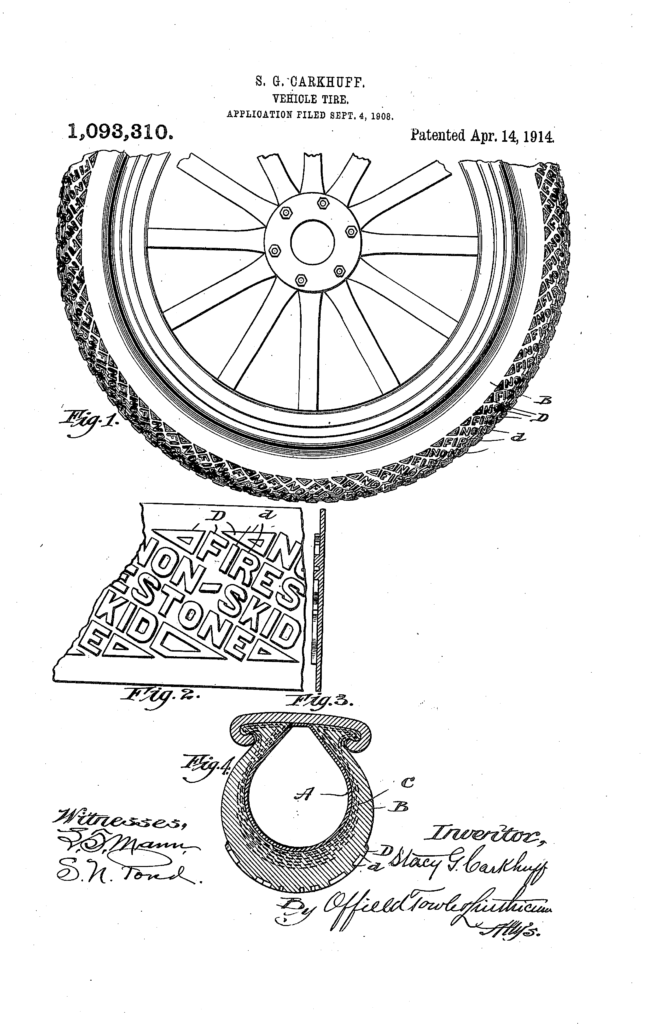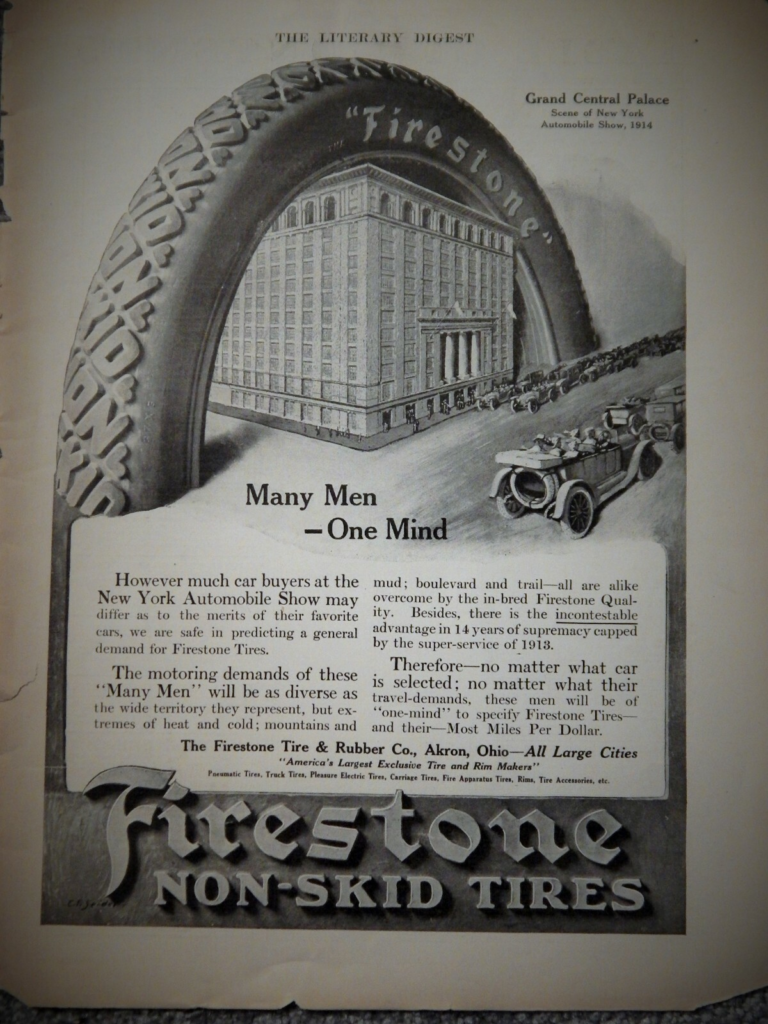Today’s patent of the day did not issue on April 1, but it is appropriate nonetheless. On February 16, 1932, Sam Adams (no, not that Sam Adams), actually Soren S. Adams, received U.S. Patent No, 1,845,735 on a Joke Buzzer:
Sam was born Søren Adam Sørensen in Denmark in 1879. His family emigrated to the US when he was two years old, settling in Perth Amboy, New Jersey. When he was 25, he was working as a salesman for a dye company when he noticed that one of the products he sold caused workers to sneeze. He isolated the sternutation-inducing ingredient, and called this new powder Cachoo, launching the Cachoo Sneezing Powder Company in Plainfield, New Jersey.
Within a few years, Sam began innovating new products, and changed the name of the company to S.S. Adams Co. to reflect that it was no longer a one-product company. The exploding cigarette box, the snake nut can, itching powder, the stink bomb, and the dribble glass all entered the Adams Company product line.
In 1928, Sam created the prototype of what was to become the joy buzzer, and had a tool and die maker in Germany make tooling to make the novelty buzzer. The joy buzzer as a success, allowing him to expand his operation in Neptune, New Jersey.
of the item allowed him to greatly increase his staff and purchase the former Symphonion music box factory building (constructed in 1893, demolished 2017) in Neptune, New Jersey, all during the Great Depression. Sam and S.S. Adams Company went on to create many more successful novelties including the bar bug in an ice cube, the money maker, the squirting nickel, the jumping coin, the laughing tissue as well as a line of magic tricks and puzzles. Sam claimed to have devised over 600 different items, and patented about 40 of them. He continued to lead S.S. Adams Company until his death in Asbury Park, New Jersey in 1963 at age 84.
An interesting side note to his novel career, in 1930, the JEM Rubber Co. approached him with the whoopee cushion, but rejected the idea because it “seemed too indelicate” and would never sell. JEM Rubber eventually found Johnson Smith & Company, and the whoopee cushion because a tremendous success. Sam later released his own version calling it the “Razzberry Cushion.”


















